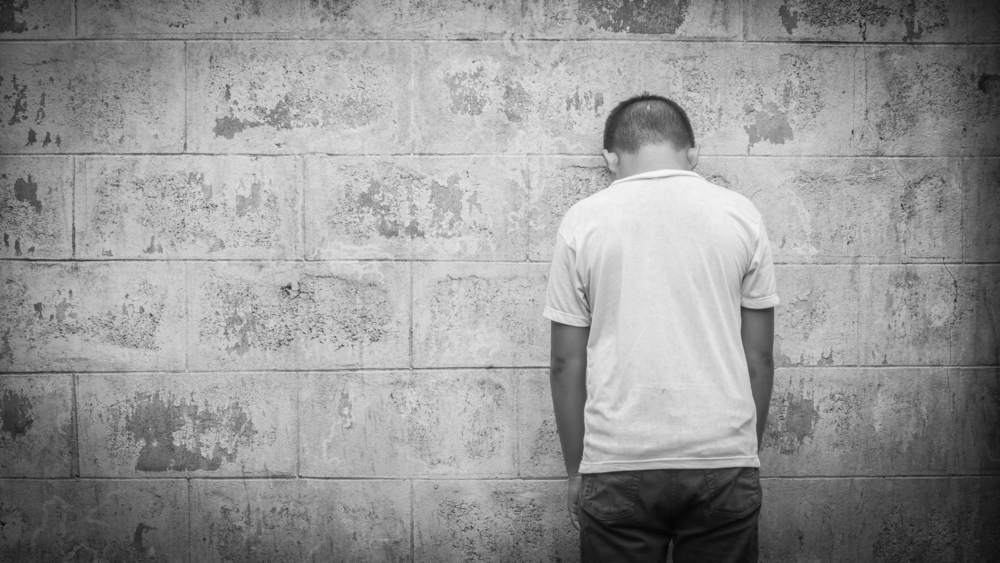Intervening in Childhood Homelessness with Education Offers Hope

Please note that we are not authorised to provide any investment advice. The content on this page is for information purposes only.
People who become homeless as a child are more likely to have lower employment rates in adulthood than those who become homeless later, according to new research showing the economic and social costs of homelessness.
Nearly one fifth of homeless people in Australia are children under the age of 12 attached to a homeless family, according to ABS data. This fraction includes forms of homelessness such as living on a friend or family member’s couch or in temporary accommodation, all considered insecure or inadequate living conditions.
People who become homeless as a child are more likely to have lower employment rates in adulthood than those who become homeless later, according to new research showing the economic and social costs of homelessness.
Nearly one fifth of homeless people in Australia are children under the age of 12 attached to a homeless family, according to ABS data. This fraction includes forms of homelessness such as living on a friend or family member’s couch or in temporary accommodation, all considered insecure or inadequate living conditions.
Our research found by the time they are adults, those who are first homeless after the age of 15 years have an employment rate of 24%. However, those who become homeless at or before the age of 15 have an employment rate of just 10%.
Interestingly, those who first become homeless during the teenage years of 15 and 16 years have the worst outcomes. Homeless children and adolescents tend to have very different life paths from those who become homeless later. We also found differences by gender.
The data we used comes from the Journey’s Home survey, which follows a nationally representative group of 1,700 disadvantaged people that are either, homeless or at risk of homelessness. More than 96% of people in this survey have been homeless at some point in their lives. The survey follows these individuals for three-and-a-half years, with the data linked to a decade-long span of administrative records on welfare receipt patterns.
Being homeless can disrupt children’s development during their formative years, making them more vulnerable to mental and physical health problems, victimisation, and abuse and creating enormous barriers to getting a good education. Homeless children are likely to be at greater risk of disadvantage because it often begins with a family breakdown, domestic violence, sexual abuse, and/or serious financial problems within the family.
In our analysis, we considered how some of these factors might play a role in both the experience of homelessness as a child and for employment opportunities as an adult. Yet, it remains the case that we cannot account for all possible precipitators of childhood homelessness. We do not claim to understand its causal impacts. Our research findings do point, however, to a more disadvantaged life for those who experience homelessness in childhood compared to later in life.
Gender differences
For women, those who become homeless as a child are more likely to drop out of high school than those who become homeless later in life. In fact, nearly half of the employment gap between those who were homeless in childhood versus later in life relates to dropping out of high school. It is the most important factor – and a potential milestone in the path from childhood homelessness to unemployment (or being out of the labour force) in adulthood. Welfare receipt in general and specifically for mental illness-related disability payments also account for a large percentage of the employment gap.
For men, dropping out of high school also plays an important role in accounting for the employment gap between those who were homeless in childhood versus later in life. Incarceration between the ages of 17 and 20 years old (inclusive) also plays a role, albeit a smaller one. However, unlike for women, welfare receipt matters little in explaining the employment gap. It is likely this gendered difference in the results relates to the strong relationship between childbearing and welfare receipt.
The research suggests we can more effectively help homeless children when we provide assistance to them at critical stages of their development. Childhood and young adulthood are both critical stages. There is a range of interventions to consider but the most critical is that which keeps homeless boys and girls in high school. This can interrupt the cycle of disadvantage experienced by this group and subsequently improve their later employment opportunities.
Childhood homelessness makes for adult unemployment: study is republished with permission from The Conversation





